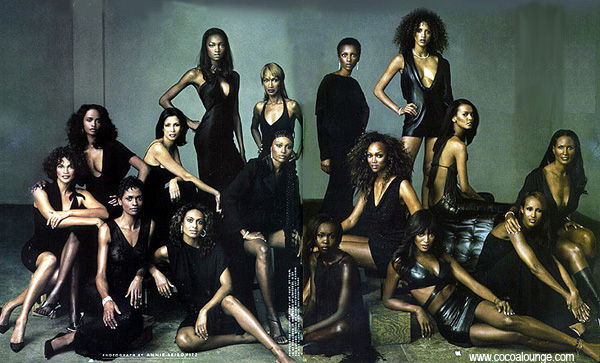March
4, 4:00, Heth 14. Opening
Film: Beyond Belief. 9/11 widows reach
out to the widows of Afghanistan
March
5, 3:00, Bonnie 249/250. Professor Joseph Jones (Teacher Education & Leadership). “Homophobia on the
College Campus: What Can We Learn from Virginia’s Colleges and Universities?”
March
5, 5:00, Heth 14. Professors Mary Atwell, Lori Elis, Lucy Hochstein and
Samantha Lynn (Criminal Justice). “Gender and Justice
Issues”
March
6, 1:00, Heth 16. Circle
of Life Intergenerational Dialogue (50+ inner circle) Professor Jenessa
Steele (Psychology)
March
6, 5:00, Heth 43. Film: Generation M: Misogyny in Media & Culture
March
6, 6:30, Heth 43. Film:
I Came to Testify. Victims of rape camps in Bosnia bear
witness to crimes against humanity at International Criminal Tribunal for the
Former Yugoslavia
March
7, 2:00, Bonnie 249/250. Film: Tough Guise: Violence,
Media, & the Crisis in Masculinity
March
7, 3:30, Bonnie 249/250. Dr. Kathleen Barry, author of Unmaking War, Remaking Men. “Overcoming Masculine Violence in War and at Home: A Call to Action”
March 7, 5:00, Heth 22. Dr. Kathleen Barry. A Program for Women and Men: Creating Empathy, Building Activism
March 7, 5:00, Heth 22. Dr. Kathleen Barry. A Program for Women and Men: Creating Empathy, Building Activism
March
7, 7:00. Potluck dinner with Dr. Kathleen Barry
March
18, 4:00, Muse Banquet Hall. Mary Stewart Atwell,
author of Wild Girls. Fiction reading and
book signing
March
19, 3:30, Bonnie 250. Dr. Rebecca Scheckler (Educational
Technologist Waldron College) “Women as Outliers in Science”
March
20, 1:00, Heth 16. Circle of Life Intergenerational Dialogue (30s and 40sinner circle) Professor Jenessa Steele (Psychology)
March
20, 5:00, Young 305. Film: Pray the Devil back to Hell. 2011 Nobel Peace
Prize Laureate Leymah Gbowee leads Liberian women in their activism to stop the
civil war and oust dictator Charles Taylor
March
21, 12:00, Bonnie 248. “Diversity
Dialogue: Intersections among Women’s Issues and LGBTQ Issues”
March
21, 2:00, Bonnie 250. Film: “Flirting with Danger.” Examines the line between consent and coercion in heterosexual
relationships and hook-ups
March
21, 3:30, Bonnie 248. Marisa Fraley, James Grenier, Jonathan Kirk, John McGee,
& James Stratton (Mathematics) “Emmy Noether: A Pioneer in Mathematics”
March
21, 4:30, Bonnie 249/250. Professor David Floyd (CORE). “Love (& not-so-lovely) Poems.” Poetry reading
March
22, 2:00—4:00, Heth 43. Women in Science Symposium. Paper Presenters: Professor
Donna C. Boyd (Forensic Science Institute),
“Redefining Activism though Scientific ‘Truths,’ Impartiality, and
Objectivity,” and Professor Sara O’Brien (Biology), “Building the Future of Women in Science.” Discussion
Panelists: Professors Georgia Hammond (Biology),
Christine
Hermann (Chemistry), Elizabeth
McClellan (Geology), Tara
Phelps-Durr (Biology), Cassady Urista
(Anthropological Sciences)
March
22 & March 23, 7:30, Peters Albig Studio Theatre, B112. Student Dance Concert: Celebrating Women’s History Month
March
25, 4:00, Heth 43. Ms. Crasha Perkins (Director,
Center for Diversity and Inclusion) and Professor Deneen Evans (School of Social Work). “Popular Media and Socially Constructed Images of BlackWomen, 1930-2013”
March
26, 4:00, Bonnie Auditorium. Kathy Kelly: International Peace Activist and
Coordinator of Voices for Creative Non-Violence. “The Afghan Peace Volunteers: Weaving Peace in the Midst of the Longest U. S. War”
March
27, 1:00, Heth 16. Circle of Life Intergenerational Dialogue (20s & under
inner circle) Professor Jenessa Steele (Psychology)
March
27 & March 28, 6:00, Bonnie Auditorium. Performance: Eve Ensler’s TheVagina Monologues. Lucinda McDermott-Piro, Director. Tickets available at
March
28, 2:00, Bonnie 250. Film: The Invisible War. Oscar-nominated documentary about
the epidemic of sexual assault in the military. Department of Defense has
estimated 19,000 cases of rape and sexual assault in 2010.
March
28, 3:30, Reed 201 “A Conversation with Kathy Kelly on Global Ethics, War, and Peace-Making”
March
29, 4:00, Covington Lobby, Closing Reception with President Kyle in Honor of Radford University Women’s Studies Program Distinguished Women for 2013. All members of the Radford University community are
cordially invited to attend
March
30, 2:00 Performance: Eve Ensler’s The Vagina Monologues. Before
the performance, Professor Erin Webster-Garrett will offer some final reflections upon Women’s History
Month.
Tickets available at
Tickets available at






